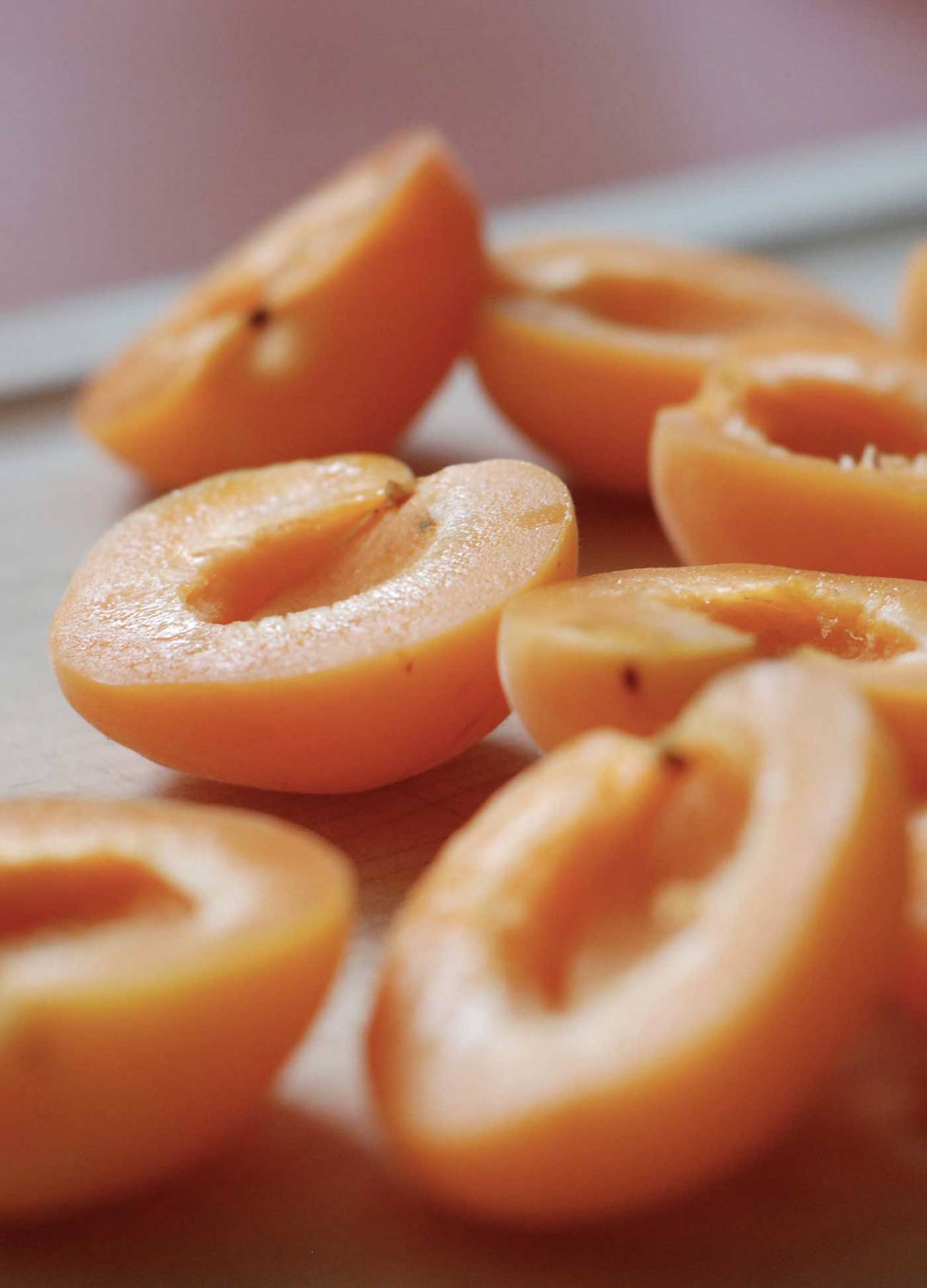Raise a Glass to Queen Esther
For the perfect Purim cocktail, think apricot




The apricot is one of the iconic symbols of Purim. You’ll often find it as a filling for hamantaschen, the holiday’s triangular cookies. And its inclusion is particularly apropos considering the holiday’s Persian roots: Apricots have a lengthy history in the region, being one of the earliest cultivated crops across Central Asia. Today, they’re the national fruit of Armenia, and a massive agricultural export from Turkey, Uzbekistan, and Iran, and though you’ll sometimes see them commercially available when fresh, their most common form, from antiquity to now, is dried. They are also infinitely more delicious and, as it turns out, nutritious when preserved. The added shelf stability of sun-dried delicacies is perhaps one of many reasons the apricot was a key product along Persian trade routes.
The apricot has a noble history in the beverage department, too. Across the Middle East, amardine, a dried apricot paste, has been used for centuries to make juices (and, in some Lebanese households, a delicate pudding). Of course, you’ll probably be able spot one of the most ubiquitous apricot products behind the majority of American bars in the form of Amaretto, the Italian digestif. The quintessential liqueur is quite the beverage in disguise, often made not from almonds but from the kernels of apricots.
As a bartender of many years, I would be remiss to neglect the drinking culture associated with Purim. An oft-debated tradition, on Purim we are generally encouraged to drink until we cannot tell the difference between Arur Haman and Baruch Mordechai, one’s friend and one’s foe. Although I don’t promote binge drinking, I tend to believe the spirit of this practice encourages mirth and celebration over alcohol poisoning.
While wine would have been the drink of choice among the ancient Persians, the imbibing proclivities of the Jewish diaspora were more varied. Certain Ashkenazi communities may have been partial to drinking absinthe—a bitter grape spirit infused with wormwood and anise—during Havdalah and other holidays. Conversely, and to acknowledge various translations, the same communities may have enjoyed vermouth, or a wormwood-fortified wine. I happen to think both are delicious and undervalued. They also pair well with apricot. So this Purim, consider shaking things up with a stirred cocktail, a martini with a Persian twist.
Hugh J. Remar is a bartender and chef from New York City.